Wish You Were Here
by Jessica Kosinski
Today we all take the sending and receiving of postcards, or post cards, for granted. Postcards are commonly sent by vacationers to their friends and family members detailing their travels. However, postcards did not always exist. In fact, their life span to this point has been relatively short compared to the lifespans of many other collectible items. In this month’s issue let’s take a peek at how postcards have quickly risen to become popularly exchanged items in modern times.
The Origins of the Postcard
Even though the postcard as we know it today does not really resemble early postcards, the concept is still the same. The earliest postcards were designed to allow people to send short messages for the least possible amount of money. One of the earliest known postcards was sent in 1840 to a writer named Theodore Hook. It was mailed from London, England. However, postcards did not begin to take off in other countries until a bit later. For example, the first U.S. postcard was printed in Springfield, Massachusetts in 1873.
In the U.S. postcards have gone through several incarnations based on legal changes. In the early days they were distributed only by the U.S. Post Office, and they were known as postal cards or penny postcards. They were quite different from souvenir cards, which were postcards printed by private companies several years later.
Important Historical Dates in American Postcard History
The passing of the private mailing act in May of 1898 drastically changed the distribution of postcards. It allowed private publishers to make postcards. However, each privately published postcard had to be referred to as a souvenir card, not a postcard. Each card also had to be marked “Private Mailing Card” to differentiate it from a postal card.
In 1901 privately printed U.S. postcards were finally allowed to be called postcards. However, postcard senders could not write anything on the backs of them. Only the fronts could be written on. The era of the divided back postcard, which is a popular style known today, did not begin until March of 1907. What has since been dubbed the “Golden Age of Postcards” lasted from that point until the start of World War I.
If you are interested in collecting U.S. postcards you are likely to find that many of them have print dates or publishing information on them which can help you to date them. If the postcard is used then the sender may also have dated it or there may be a postal service date on it from when it was processed. In the case of postcards which were never filled out or sent you can also get a rough idea of the age of a U.S. souvenir postcard based on the materials used to make it. For example, during the time span of 1931 to 1959 linen postcards were quite popular. The name “linen” referred to the linen-like patterns on the cards, not the materials the cards were made out of. That unique pattern makes them easy to identify. The inks and dyes used in the cards can also help postcard experts to date them.
Foreign Postcard Customs
Throughout the years other countries have developed their own unique versions of postcards and their own systems for sending those cards to loved ones. For example, in Japan return postcards were put into use beginning in 1885 and are still used in some instances today. A return postcard is purchased and filled out on one side by the original sender. The recipient may then fill out a reply on the other side of the card and mail it back without being charged.
There are many categories of postcards to choose from if you intend to begin a collection. You can focus on a particular type of card, cards from a specific country, or cards depicting certain themes. The choice is yours, but you should make one, especially if you intend to display your collection. Postcards are easier to organize and display when they follow a theme.
You must also decide whether you want to trade in postcards and profit from the activity or whether you wish to collect postcards purely because they are interesting to you. Postcards with high values are graded based on their conditions. You must learn the grading system if you wish to purchase postcards which may be good monetary investments. However, if you are simply looking for a card you might find sentimental or amusing then you can often find postcards in various conditions at antique shops and flea markets across the country for very little money. It is even possible to use postcard collecting to get your children, grandchildren, or other relatives interested in history or geography because many postcards depict scenes of important historical or geographical significance.

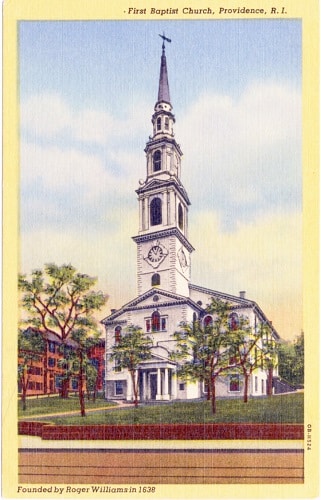
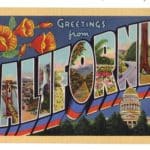
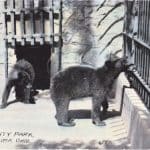
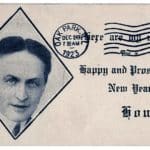
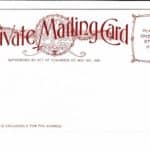
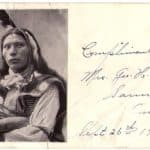
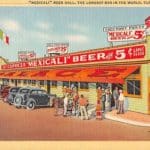





Related posts: